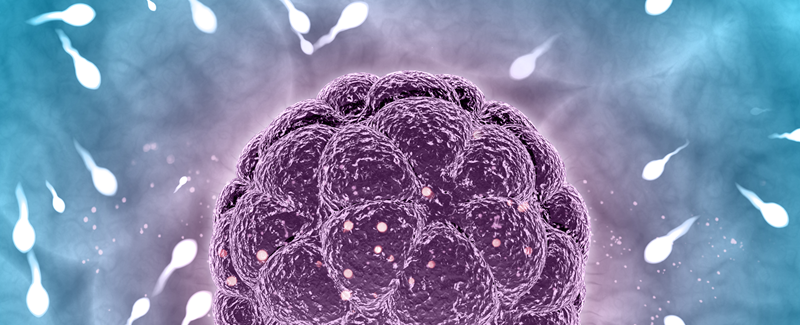Hysteroscopy
A hysteroscopy is a surgical procedure in which a fine telescope is inserted through the vagina, neck of the womb and into your womb, to inspect it. It is recommended to diagnose fibroids, polyps or womb anomalies that might be present from birth (congenital uterine abnormalities) or as a consequence of previous womb surgery (scarring inside the womb). It is also used to investigate women that had miscarriages (recurrent) and where heavy periods occur. This is a diagnostic hysteroscopy.
If an abnormality is found, sometimes it can treated there and then (operative hysteroscopy), particularly if the procedure was done under a general anaesthetic. It is routine to perform a curettage at the end of the hysteroscopy in order to examine the cells on your womb lining under microscope. The risks of surgery include perforation (placing a hole into your womb wall) situation in which a laparoscopy/laparotomy will be required. Heavy vaginal bleeding and infection are also possible, although rare (1:1000). In some cases, the procedure can be done at the time of your consultation (outpatients). It is normal to experience some spotting for a day or two after a hysteroscopy. If you experience heavy bleeding, foul-smelling discharge or pain, you must attend the emergency room in the hospital where you had the surgery or contact me directly on 087 682 5088.
You should be able to return to work within a day or two.
In preparation for surgery, I see all patients for a visit prior to offering them a date. I will be discussing all details of the surgery with you and ample opportunity to ask questions will be given. I will also ask you to sign a consent form to reflect the discussion and to permit me to perform the surgery.













